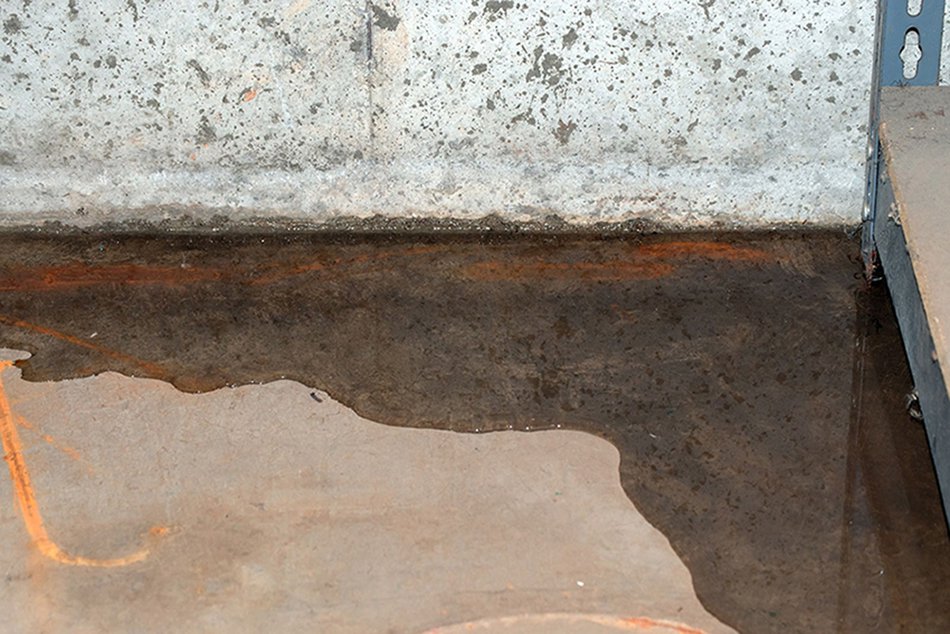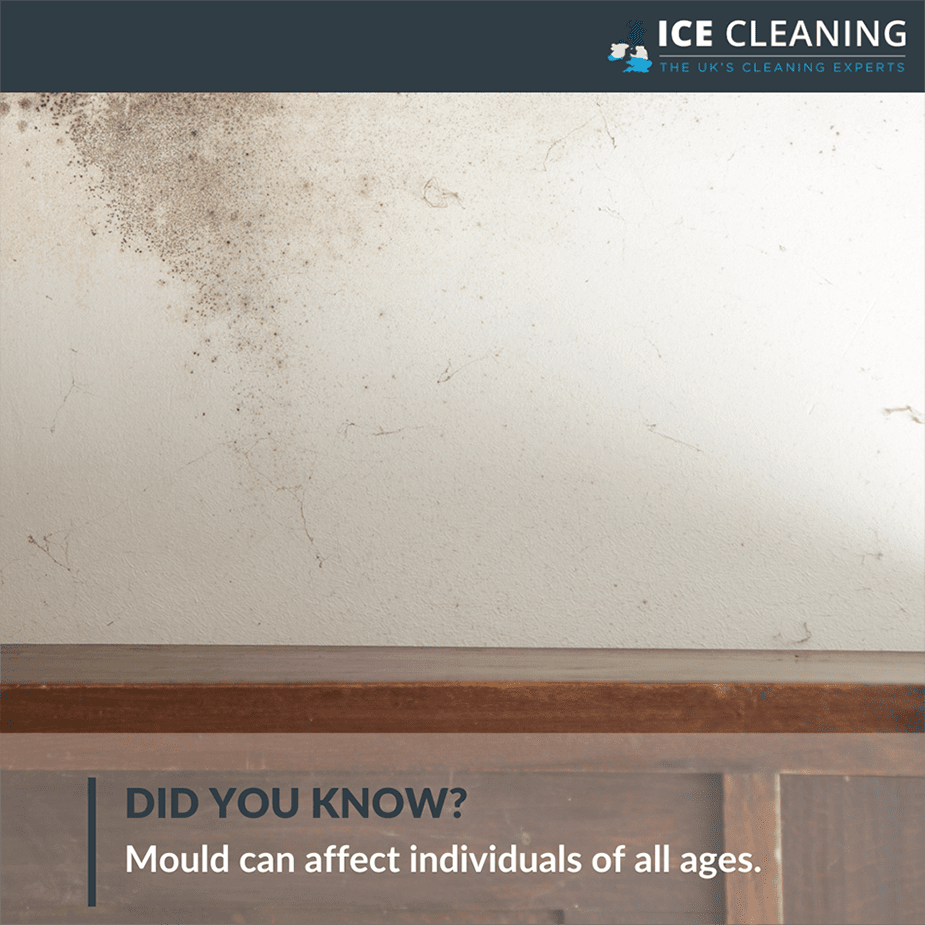How To Prevent Mould After Flooding

CONTENTS
- How to prevent mould after flooding
- Dangers of mould
- How to prepare for a flood
- What to do when a flood strikes
- How to remove mould
How to prevent mould after flooding
In the unfortunate event of a flood, it can be difficult to process the next steps involved. Whether you’re in a state of shock or were somewhat able to prepare for the flood, it’s unlikely that you’ll have considered the effects of mould.
Once a flood has taken place, you have just 24 hours to take action. Else, you run the risk of attracting mould in your home.
.1621350177.png)
Dangers of mould
Mould can cause a range of health problems for your entire family.
Contrary to common beliefs, mould can affect individuals of all ages. Though the consequences may be more severe for those with underlying health problems, all adults and children should be careful. Even your pets may be at risk!
The two main dangers of mould are respiratory problems and skin conditions.
Mould spores contain toxic substances which, if inhaled, may cause damage to your lungs. As a result, you may suffer from shortness of breath, coughing or wheezing.
Skin conditions can arise through high exposure to airborne mould spores. Living in a mould-infested home may cause skin irritation in the form of eczema or rashes. These issues may be heightened by pre-existing allergies.
How to prepare for a flood
Is your home at risk of flooding?
Before you can prepare for mould, you must first establish the risk of flooding in your area. According to the Environment Agency, there are 4 types of flood zone:
- Flood Zone 1
- Flood Zone 2
- Flood Zone 3
- Flood Zone 3b
The risk of flooding increases in each zone. For example, those living in Flood Zone 1 are very unlikely to experience a flood (less than 0.1% chance), whilst those in Flood Zone 3b are at high risk of flooding (at least 5% chance).
Once the level of risk has been determined, you can begin to construct an emergency plan. An emergency plan should include everything from ensuring important documents are easily accessible to knowing how to prevent mould and other issues from arising.
What to do when a flood strikes
In the event of a flood, it’s important to act quickly.
Floods are often unpredictable, making them difficult to prepare for. Once a flood has hit, you need to know how to respond – and fast.
If you live in a high-risk zone, it’s particularly important to have an action plan in place. Your first port of call should be the emergency services. For emergency advice, the National Flood Forum operates a 24-hour phoneline (03459 881 188).
If the flood has affected your entire neighbourhood, you should turn to local authorities to guide you. They’ll be able to provide you with up-to-date information regarding your situation. When possible, don’t forget to let them know that you’re safe.
After the floodwater has settled, it’s important to contact a flood restoration company to dry the affected areas. All water-damaged areas must be dealt with as soon as possible to minimise long-term consequences.
Whilst you’re waiting for the experts to arrive, make sure to turn of all water in your home and avoid using electricity.

Did you know mould can develop in just 24 hours?
If left to sit, excess water in your home will cause humidity levels to rise. It’s a well-known fact that mould thrives in humid, damp conditions. According to Consumer Reports, in the event of a flood, mould will usually start to develop within 24-48 hours.
Water damage can very quickly lead to a large spread of mould. Mould spores have the ability to reproduce rapidly, meaning there is no time to waste. You must seek a professional mould removal team immediately.
How to remove mould
If the flood has left your home riddled with mould, your best option is to call a professional remediation team.
Attempting to remove the mould yourself can be incredibly dangerous as you’ll be exposed to large concentrations of toxic substances. Without the right personal protective equipment (PPE), you are putting yourself at risk.
There is also the fact that not all mould is visible. Even if you manage to scrub off the visible stains of mould from your walls and ceilings, airborne mould spores may still be present.
Only a professional mould remediation company with access to specialist tools and equipment will be able to detect invisible traces of mould within your home. Not just this, but they’ll be able to effectively target the affected areas too.
Get in touch
Here at ICE Cleaning, we offer professional mould remediation services for domestic and commercial customers in the UK.
If your home has been flooded and you’re worried about mould, give us a call on 0208 066 0360 or email us on enquiries@icecleaning.co.uk. Our friendly support team are on hand 24 hours a day, 7 days a week, to provide professional advice regarding your personal situation.

Speak with me today,
I’m here to help
By asking you a few questions either via phone or email I can immediately provide a realistic estimation of the cost.
You’re in good company. We’ve cleaned for the following commercial clients… View all

Why choose us?
- Cater to a wide variety of cleaning situations
- Nationwide coverage, available 24/7
- Cater to commercial and domestic clients
- Free survey provided prior to quotation
- Emergency response team
- Offer a bespoke service designed to suit all your needs
- All technicians hold professional health and safety qualifications, including BICSc, IOSH, Dewpoint Professional & Safe Contractor
We’re fully accredited
We place best practise, professional expertise and health and safety at the core of our business. We’re fully compliant with all legal obligations. You can view a list of our accreditations below, or visit our Health & Safety page for more information.




-RGB-small.1707319151.jpg)



























